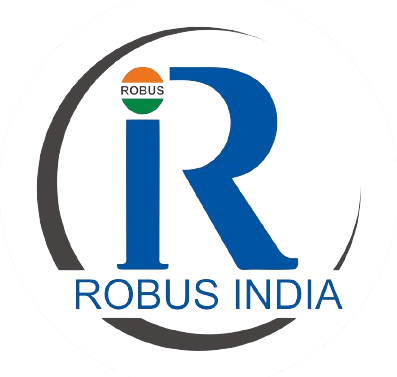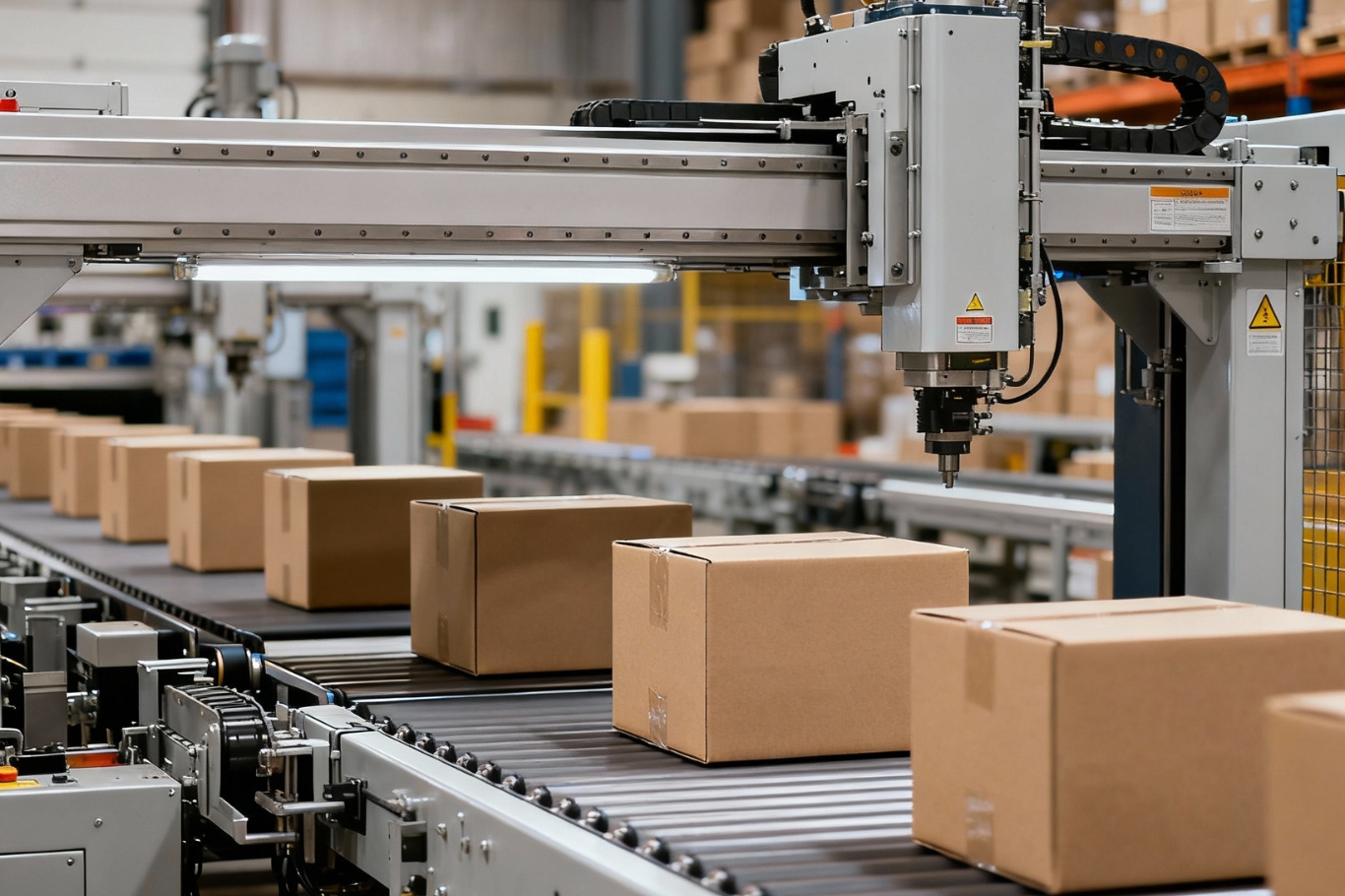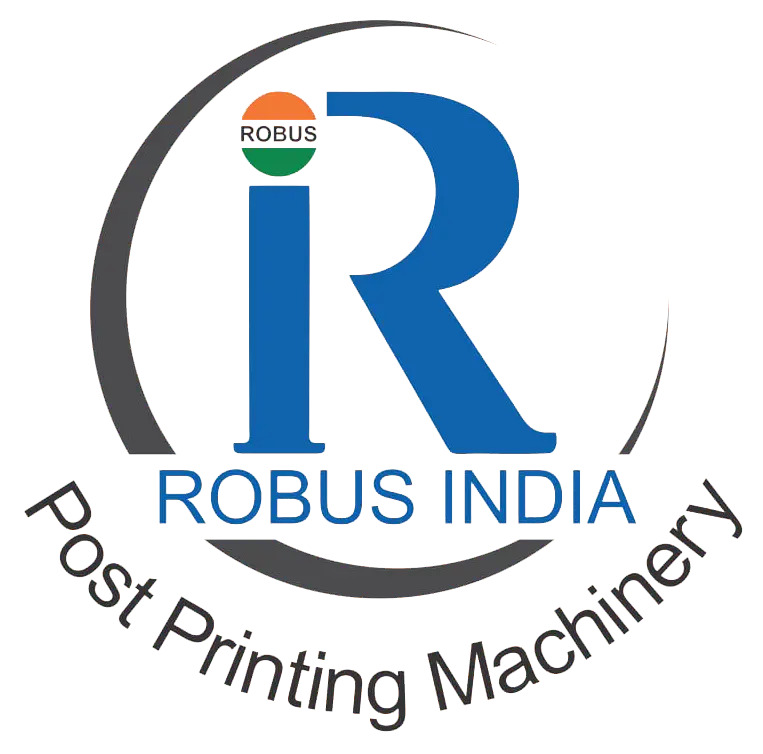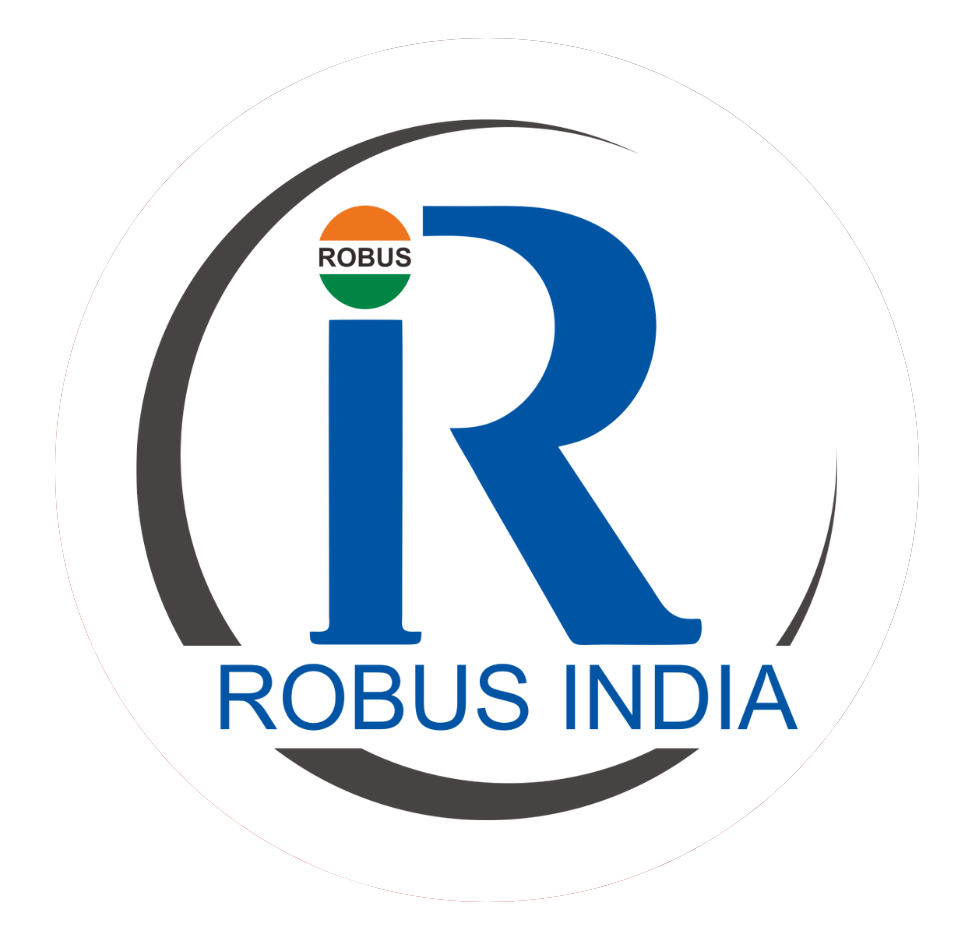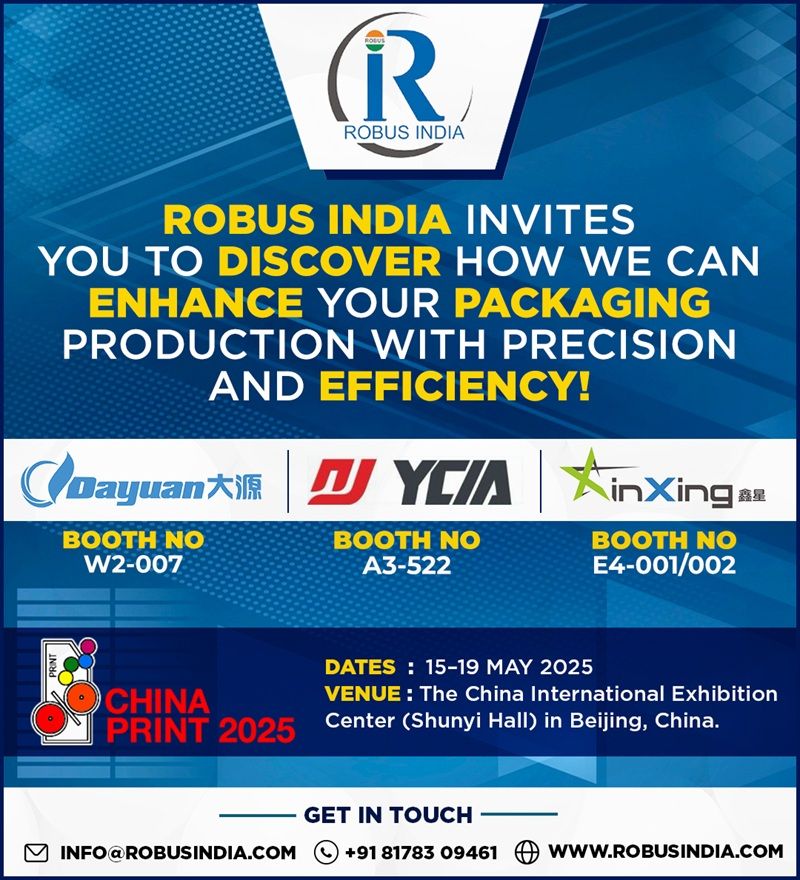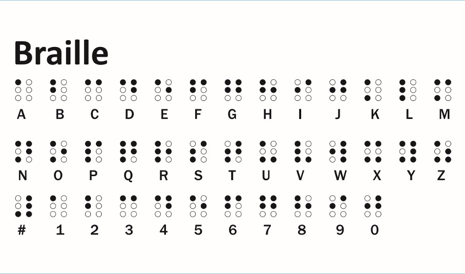In today’s fast-growing online retail world, e-commerce growth has made packaging more than just protection-it’s now a vital part of the customer experience. Packaging promotes branding, sustainability and loyalty, inspiring machines to become faster, smarter and more eco-friendly.
The E-Commerce Boom and Packaging’s Growing Role
The development of e-commerce has altered the way products are displayed, delivered and perceived. Packaging has become a key part of the purchase experience, both by the world-renowned Amazon and smaller D2C brands.
E-commerce is so dependent on packaging to create that initial physical impression that unlike traditional retail where the product is displayed on shelves. The unboxing experience has been one of the most significant touchpoints – making packaging not a requirement but a promotional challenge.
How Packaging Drives E-Commerce Success
Packaging encompasses more than merely a shipping necessity-it has a direct effect on profitability, sustainability, and customer satisfaction.
1. Brand Identity and Experience
An effective package is one that conveys brand values. Memorable experiences are created through colours, textures, and materials to strengthen the trust and quality.
2. Protection and Efficiency
Goods have to endure a long-range delivery and several handling processes. Long lasting but light packaging is used to minimize the damages and transportation costs.
3. Unboxing as a Marketing Tool
The significance of the presentation has been heightened by social media trends. A carefully curated unboxing experience has the potential to transform customers into advocates for the brand.
4. Sustainability and Loyalty
Consumers who are environmentally friendly will choose brands that are recycled or biodegradable. Sustainable packaging can be used to minimize waste and also enhance brand loyalty.
Challenges in E-Commerce Packaging
As order volumes continue to rise and customer expectations grow, e-commerce packaging is encountering new challenges:
- Speed vs. Personalization: Orders are of different sizes and types, and require flexible and quick packaging solutions.
- Sustainability: It is still difficult to find a balance between material sustainability and environmental sustainability.
- Increased Logistics Costs: Inefficient packaging causes the shipping costs to rise.
- Returns Management: To manage returns wastefully, it is important to have flexible and reusable packaging systems.
These challenges underline the need for smarter, automated, and more agile packaging technologies.
How Packaging Machines Are Evolving
To address these new challenges, packaging machines are increasingly being intelligent, versatile and connected than ever before.
It has stopped being volume-driven production and is now focused on dynamic production in the form of adaptive packaging lines to meet the needs of dynamic e-commerce.
- Automation & Robotics: Repetitive procedures, such as filling, labelling, and sealing, are now automated to provide more accuracy and speed.
- AI & Data Integration: AI can be used to streamline the utilization of materials, minimize waste, and anticipate maintenance requirements.
- Flexible Packaging Lines: Flexible machines can now change package sizes and formats without stopping, which makes it possible to customize.
- Connection with Digital Systems: Current packaging machines can be connected with the ERP and warehouse management systems to coordinate the work.
This integration guarantees quicker order processing, reduced errors, and a smooth transition between online orders and physical fulfilment.
Sustainability as a Key Innovation Driver
Sustainability has emerged as a crucial element in the design of packaging machines. Manufacturers are concentrating on creating equipment that facilitates environmentally friendly packaging solutions.
- Recyclable and Biodegradable Materials: Machines now accept new-age green materials like paper based wraps, compostable films, and plant based plastics.
- Waste Minimization: Right-sizing technology, automated sealing, and precision cutting ensure the reduction of the material wastage.
- Energy Efficiency: Sophisticated systems use less energy and less carbon.
- Modular Design: Modifiable and upgradable machines prolong life and save on replacement expenses.
As e-commerce companies strive for carbon-neutral operations, such innovations at the machine level become crucial.
The Future: Smart, Data-Driven Packaging Lines
Anticipating the future, e-commerce packaging is set to evolve through intelligent, interconnected systems driven by real-time data and machine learning. These sophisticated packaging lines are capable of:
- Automatically adjust package dimensions according to the product and order information.
- Utilize predictive maintenance to avert downtime and guarantee consistent production.
- Employ IoT sensors to monitor performance and energy consumption.
- Incorporate sustainability metrics to document carbon emissions and material utilization.
Prominent companies such as Amazon and Alibaba are currently testing adaptive packaging systems that tailor materials to each order, thereby minimizing waste and lowering operational expenses.
Conclusion
Packaging has evolved from being merely an operational requirement to a strategic tool for growth in e-commerce. It influences customer perceptions, optimizes logistics, and embodies brand values.
As online retail continues to grow, the demand for packaging systems that are smarter, faster, and more environmentally friendly will only increase.
The future is set for intelligent, sustainable, and adaptable packaging technologies-machines that can harmonize speed with accuracy, and sustainability with effectiveness.
In the competition to meet the needs of digital consumers, it is these advancements that will shape the forthcoming phase of e-commerce expansion.
